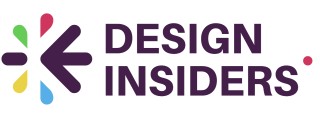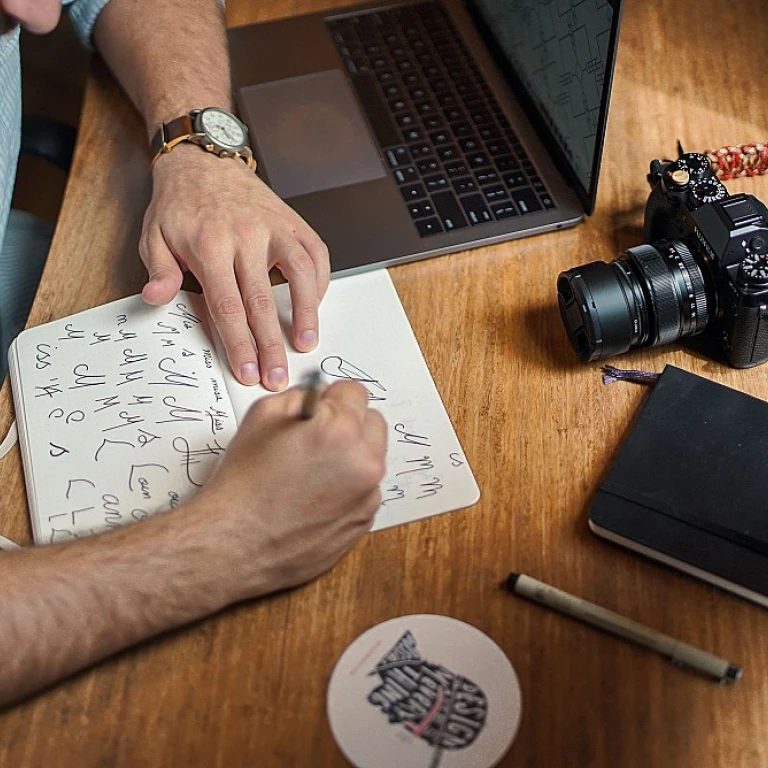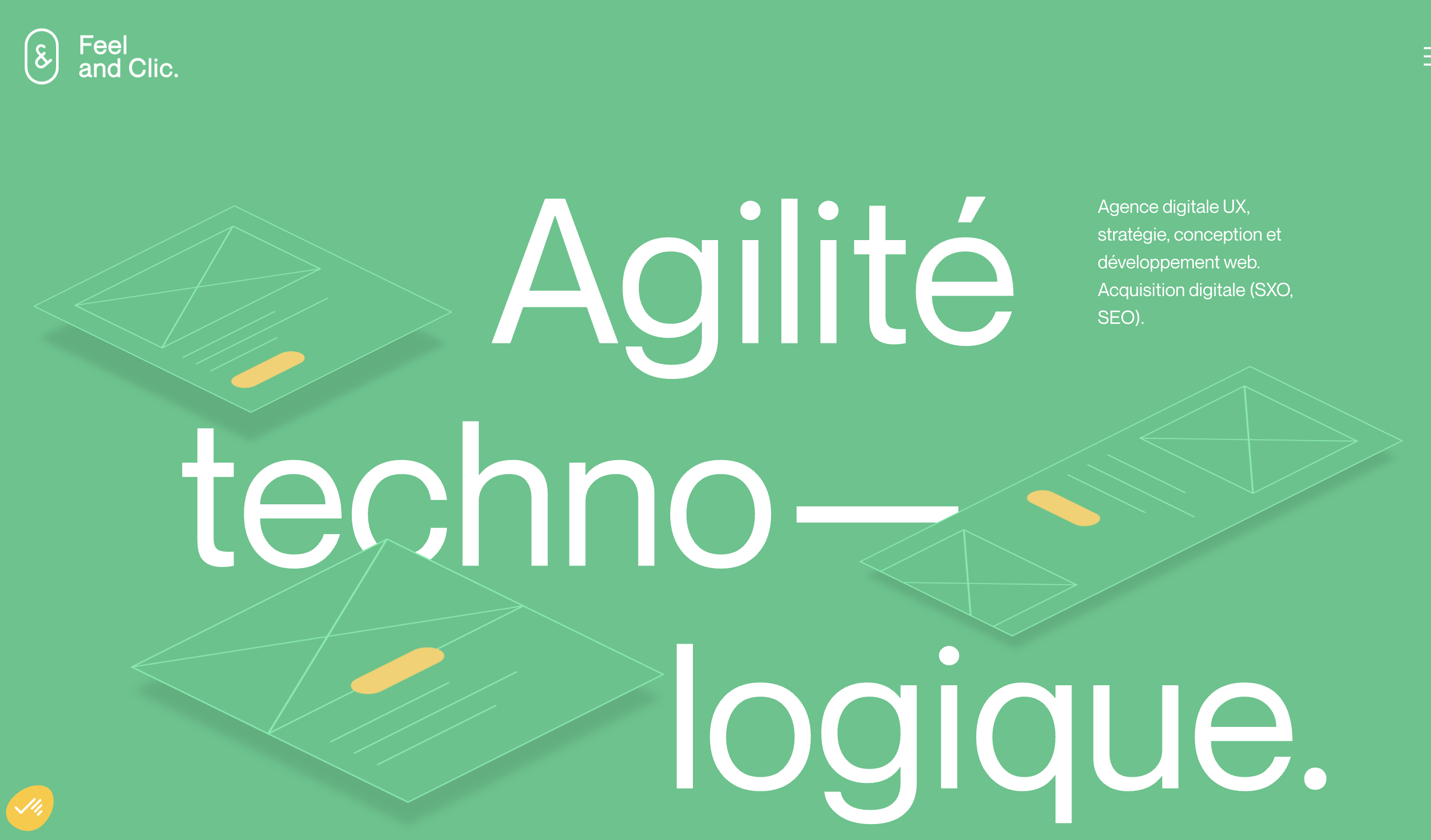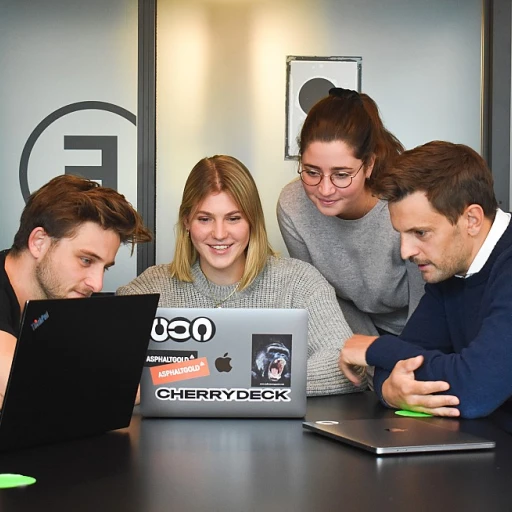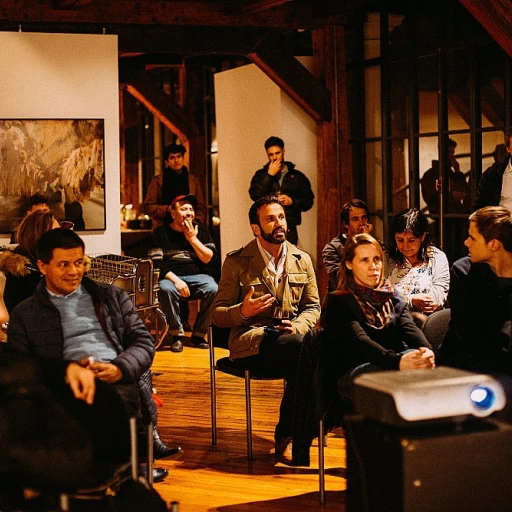
Understanding Media Creative Experimentation
Defining the Landscape of Media Creative Experimentation
In the ever-evolving world of digital marketing, the concept of media creative experimentation has emerged as a pivotal strategy for brands seeking to innovate and connect with their audience. At its core, this approach involves systematically testing various creative elements across different media platforms to understand what resonates best with users. The goal is to refine and optimize content to enhance engagement and improve conversion rates.
Media creative experimentation is not just about trying out new ideas; it is a data-driven process that relies on testing and analysis. By employing techniques like multivariate testing and marketing experiments, companies can gather valuable insights into user preferences and behaviors. This enables them to tailor their strategies more effectively, ensuring that their marketing efforts are both impactful and efficient.
In this context, it's essential to develop a robust experimentation culture within organizations. This involves fostering an environment where creative testing is encouraged, and data is used to inform decision-making. By doing so, companies can stay ahead of the curve in a competitive market, continuously adapting to changing trends and consumer demands.
To delve deeper into the intricacies of this approach, exploring the development and planning of innovative business ideas can provide valuable insights. Understanding how to craft and implement these ideas is crucial for successful media creative experimentation.
The Role of Hypotheses in Design Innovation
The Essence of Hypotheses in Driving Design Progress
In the realm of media creative experimentation, hypotheses serve as the cornerstone for testing and iterating design innovations. A well-crafted hypothesis goes beyond mere assumptions; it lays the groundwork for structured experimentation, providing a clear path to evaluate creative ideas effectively. Creating a hypothesis allows marketers and designers to use data-driven insights to distinguish between random occurrences and genuine patterns in user behavior, ultimately guiding their creative experiments and strategies.
The role of hypotheses in media experimentation is crucial, as they form the backbone of growth marketing. By employing hypotheses, designers can predict the outcomes of a media experiment by defining expected behaviors or reactions from users. This becomes particularly important in marketing, where achieving statistical significance can drastically influence conversion rates and overall engagement across various social media platforms.
Moreover, the development and testing of hypotheses align with the key principles of experimentation culture. This culture advocates for continuous learning and adaptation in digital marketing strategies through testing experimentation. As designers conduct multivariate testing, they better understand the elements that resonate with their target audience, enhance user experiences, and improve customer service.
To further grasp the impact of hypotheses on design and innovation, explore our deeper analysis on enhancing user interaction through 360-degree product design.
Case Studies: Successful Media Experimentation
Real-World Examples of Media Creative Experimentation
In the field of media and design, evaluating the effectiveness of experimentation can be observed through concrete case studies. Examining past successes helps us gain insights into how experimentation drives innovation. Below, we'll explore some notable examples and what made them impactful.- Social Media Marketing Experiments: One classic example is how brands use testing to optimize their media strategy. By conducting creative testing on social media platforms, businesses can refine content based on user engagement. These tests often involve multivariate testing to determine which elements drive higher conversion rates and user interactions. This data-driven approach helps in tailoring content that resonates with the audience and boosts marketing effectiveness.
- Data-Driven Customer Engagement: Digital marketing often involves rigorous testing and experimentation to enhance customer service and satisfaction. Companies frequently test different user interface designs to improve user experience and conversion rates. For instance, an experiment that tests various design layouts can reveal which configuration leads to a statistically significant increase in user engagement. Such insights are invaluable for developing strategies that optimize media management.
- Growth Marketing and Product Development: Experimentation is crucial in developing and refining products. Through marketing experiments, companies can understand which designs and features are preferred by their customers. Successful media testing has been the backbone for launching new products that align with customer desires. Reporting on these outcomes provides a clearer picture of successful marketing strategy implementations.
Challenges and Risks in Creative Experimentation
Balancing Creativity and Risk
In the realm of media creative experimentation, the journey is often fraught with challenges and risks that can impact both the process and the outcomes. Creative testing, while essential for innovation, requires a delicate balance between embracing new ideas and managing potential pitfalls. The unpredictability of user responses to new content or media strategies can lead to unexpected outcomes, making it crucial to have a robust strategy in place.
Understanding the Stakes
One of the primary challenges is ensuring that experiments are grounded in data-driven insights. Without statistical significance, the results of media experiments may lead to misguided conclusions. This is where multivariate testing and a strong experimentation culture come into play, allowing for more accurate analysis of user behavior and conversion rates.
Managing Resources and Expectations
Another significant challenge lies in resource allocation. Creative experimentation demands time and effort, often requiring a dedicated team to manage the process. Media management must weigh the potential benefits against the costs, ensuring that the experiments align with broader marketing strategies. Moreover, setting realistic expectations with stakeholders is vital to avoid disappointments if an experiment does not yield the desired results.
Mitigating Risks with Strategic Planning
To mitigate these risks, it is essential to develop a comprehensive plan that includes clear objectives, a defined audience, and a strategy for measuring success. This approach not only helps in managing customer expectations but also in refining the media marketing efforts. By learning from past experiments, teams can fine-tune their approach, enhancing the effectiveness of future media testing.
Embracing Failure as a Learning Opportunity
Finally, it's important to recognize that not all experiments will succeed. However, each failure offers valuable insights that can inform future strategies. Embracing this mindset encourages a culture of continuous learning and adaptation, which is crucial for growth marketing and digital marketing success. By viewing failures as stepping stones, organizations can foster an environment where creativity thrives, ultimately leading to more innovative and effective marketing experiments.
Tools and Techniques for Effective Experimentation
Strategies and Instruments for Enhanced Experimentation
In the realm of media creative experimentation, effective tools and techniques are paramount to refining and testing hypotheses. Leveraging data-driven insights is essential in today's digital marketing landscape, where understanding user behavior is key.- A/B and Multivariate Testing: Establishing a robust testing strategy is pivotal. Through A/B testing and multivariate testing, one can assess different elements of media content – be it headlines, visuals, or calls to action – to determine the best-performing variant. This helps optimize conversion rates and enhance audience engagement.
- Data Collection and Analysis: Gathering quantitative and qualitative data is crucial. Tools like analytics dashboards provide insights into user interactions, measuring the success of creative testing. This enables marketers to make informed, data-driven decisions that will enhance the effectiveness of media marketing strategies.
- Social Media Experiments: Platforms such as Instagram, Facebook, and TikTok offer vast potential for real-time experimentation. Testing varied media strategies across these channels can yield valuable insights into what resonates with target audiences, aiding in refining content and media campaigns.
- Feedback Mechanisms: Implementing customer feedback loops is essential in understanding user sentiment. By analyzing customer service interactions and social media responses, designers and marketers alike can tweak strategies to align with user expectations.
- Statistical Significance and Reporting: Conducting experiments without measuring statistical significance can lead to misguided insights. Ensuring experiments are valid and reliable through proper report generation solidifies the experimentation culture within media management.
Future Trends in Media Creative Experimentation
Embracing Emerging Technologies
As media creative experimentation continues to evolve, emerging technologies will play a pivotal role. Augmented reality, virtual reality, and artificial intelligence are not just buzzwords; they are becoming integral to creative testing and media management. These technologies allow for more immersive and personalized user experiences, which can significantly enhance conversion rates. Experimentation with these tools can lead to innovative content strategies that resonate with a broader audience.
Data-Driven Strategies
The future of media experimentation is undoubtedly data-driven. Leveraging data analytics and multivariate testing will enable designers to refine their strategies with precision. By analyzing user behavior and feedback, media marketing teams can tailor their content to meet the specific needs and preferences of their audience. This approach not only improves customer service but also boosts the effectiveness of marketing experiments.
Creating an Experimentation Culture
To thrive in the future landscape of media creative experimentation, organizations must foster a culture of testing and innovation. Encouraging teams to experiment with new ideas without the fear of failure can lead to groundbreaking discoveries. This culture of experimentation will require robust support systems, including access to the latest tools and technologies, as well as a commitment to ongoing learning and adaptation.
Adapting to Social Media Trends
Social media platforms continue to be a fertile ground for media experiments. As these platforms evolve, so too must the strategies employed by digital marketing teams. Staying ahead of social media trends and understanding the nuances of each platform will be crucial for successful media marketing. Testing different types of content and engagement strategies can reveal valuable insights into what resonates with users, ultimately driving higher conversion rates.
Balancing Risks and Rewards
While the potential rewards of creative experimentation are significant, it's essential to acknowledge the inherent risks. Ensuring statistical significance in testing results is crucial to making informed decisions. By carefully balancing risks and rewards, media managers can optimize their strategies for maximum impact while minimizing potential downsides.
